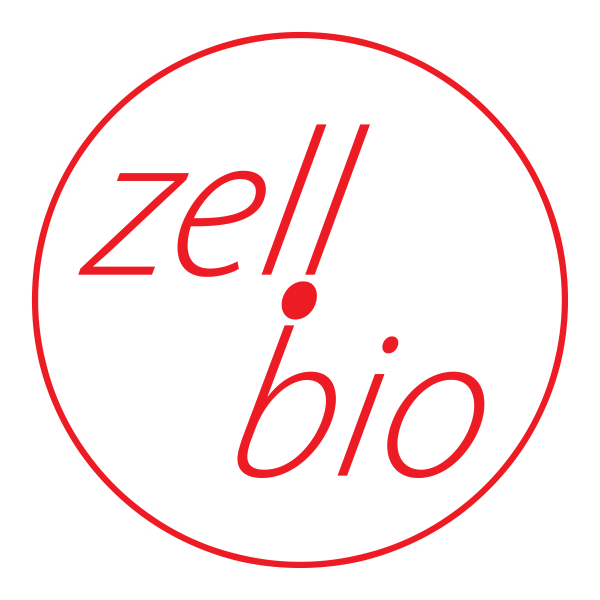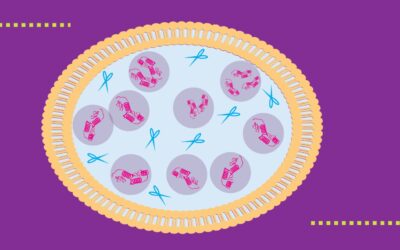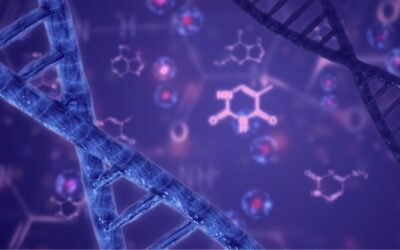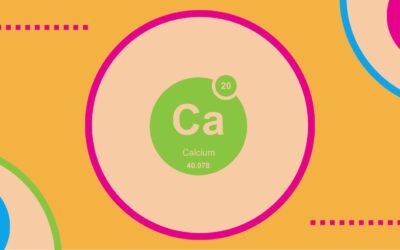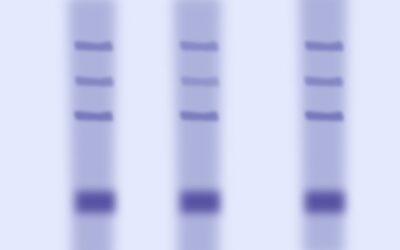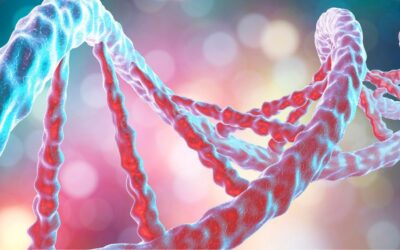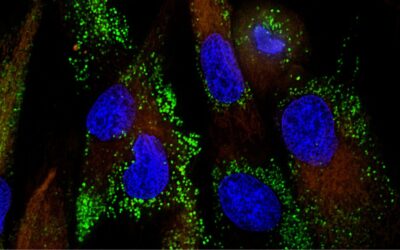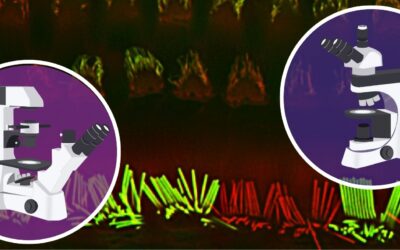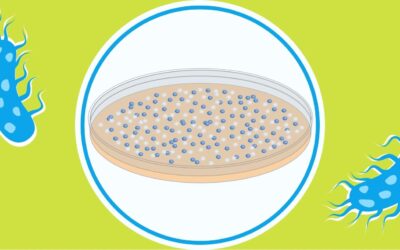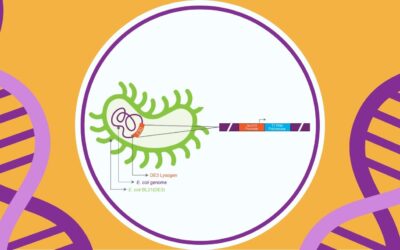Introduction to Phosphatases and Phosphatase Inhibitor Cocktails
Phosphorylation-dephosphorylation, or the addition and removal of phosphate groups of biomolecules, are key determinants of physiology. Because of this, studying phosphatases is very important for bioscience research to understand the various cellular processes they...
The Science of Why People Love Coffee
It can be hard to imagine a world without coffee, especially because drinking a cup of coffee is a widespread societal activity.And that cup of coffee can be the perfect excuse for meeting with friends, a way of taking a break from the daily routine, or be the best...
The Gut Microbiome: Its Role in Exercise Motivation and Performance
Your gut is a reservoir of microorganisms – your gut microbiome.On average, our gut microbiome has about a hundred trillion microbes or more at any given point.Both the sheer number, as well as the diversity, of microorganisms we harbor in our guts are astounding.And...
10 Common Techniques For Nucleic Acid Research
There are several experimental techniques to detect and quantify nucleic acids in your sample. These include PCR, RT PCR, sequencing and blotting. There are also techniques such as EMSA, footprinting, ChIP and probing that detect inter-molecular interactions of...
Maximizing Your Gut Health with Exercise: What Research Says
Physical exercise is one of the most effective ways to achieve a healthy life. Exercise exerts beneficial effects on practically every organ and every aspect of your physiology. And now, new research is coming out that is exploring the relationship between the gut...
Chelating Agents: A Beginner’s Introduction
A chelating agent is a compound that forms stable complexes with metal ions through different types of covalent or coordinate linkages during a process called chelation. Chelating agents are used during protein purification, electrophoresis, DNA extraction and several...
An Overview of Northern blot
Northern blot is a molecular biology technique used to detect levels of RNA molecules of a specific sequence in your sample. This method is useful for monitoring the transcription and transcript abundance of a target gene in a cell or tissue sample by assaying for the...
Troubleshooting Gel Casting/ Polymerization Issues in SDS-PAGE
There are three signs that indicate issues with SDS-PAGE gel casting. These include bands not being parallel, samples leaking out of the well during or after loading, and bands not separating properly during the appropriate time.Indicators of SDS-PAGE Issues:SDS-PAGE...
Troubleshooting SDS-PAGE Sample Preparation Issues
There are five different signs that indicate that there are problems with SDS-PAGE sample preparation: sample leaking out of the well during or after loading, samples clumping and not migrating, you aren’t seeing bands, you’re seeing too many bands, or you’re getting...
Troubleshooting SDS-PAGE Gel Running Issues
There are seven different indications of problems with SDS-PAGE gel running. Some of these include smeared bands, smiling bands, improper separation, and protein samples migrating off the well before it runs.7 indicators of SDS-PAGE gel run issues:Smeared bands in...
The Basic Requirements for Gene Cloning
The requirements for successful gene cloning to consider are the general steps; the fundamental supplies like your target DNA, vectors, related reagents; and downstream processes.Basic supplies to clone a fragment of target DNA:Target DNA Host cells and vectors for...
Fluorescence microscopy: A Basic Introduction
Fluorescence microscopy is a fluorescence-based imaging technique. The basic principle involves stimulating a fluorophore by light at a particular wavelength, resulting in light emission at a longer wavelength. The emitted light can be visualized with fluorescent...
Basic and Advanced Fluorescence Microscopy Techniques
Fluorescence microscopy spans from basic epifluorescence/widefield microscopy to advanced techniques like confocal microscopy, FRAP, FLIM, FRET, and TIRF. These cutting-edge technologies enable specimen imaging with exceptional resolution and precision.Each...
E. coli Cloning Strains for Molecular Biology: What They Are and Why They Matter
Cloning strains are very specific bacterial strains used in molecular biology to clone recombinant DNA molecules. Characteristics of good cloning strains include being deficient in restriction enzymes, and having high transformation.E. coli is the model lab organism...
What are E. coli Expression Strains?
E. coli expression strains, BL21(DE3) and DL39 for example, are used for recombinant RNA/protein expression. They have the necessary genetic features such as lacking proteolytic activity and having a T7 RNA polymerase gene controlled by the lacUV5 promoter.In this...
